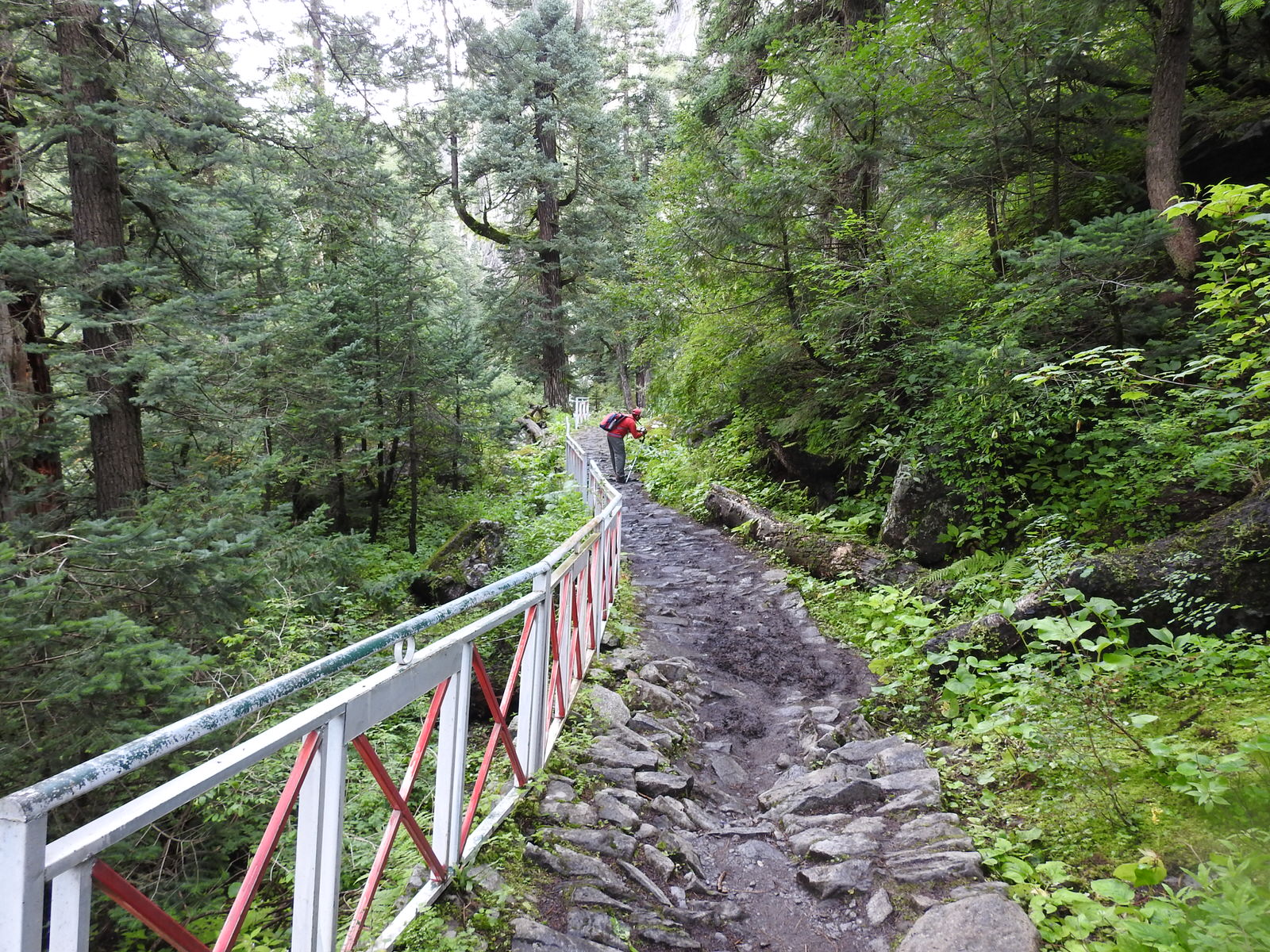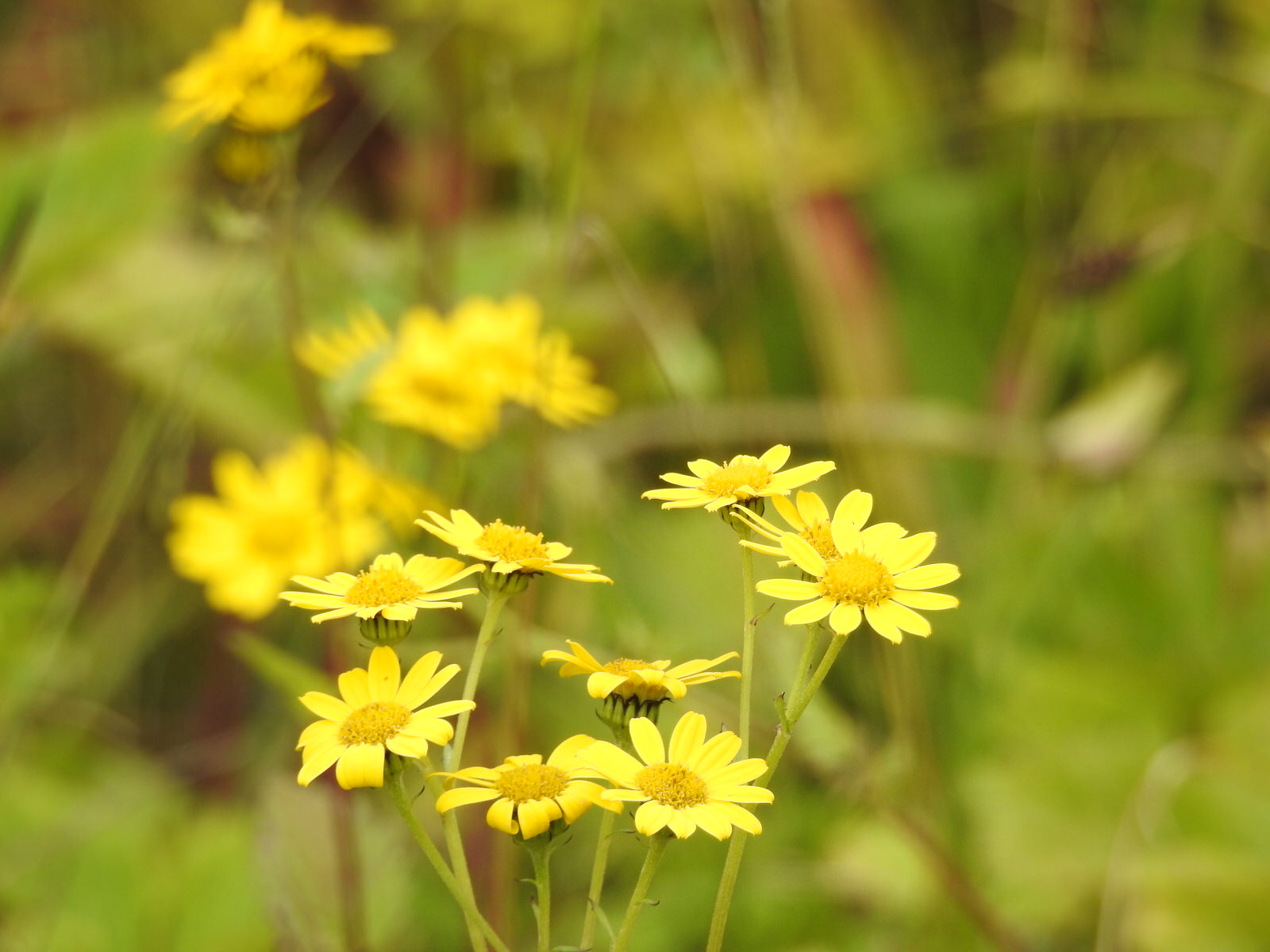Valley of Flowers – Full Bloom of Nature
Valley of Flowers is a vibrant and splendid national park reposing in West Himalayas, India. Nestled in Uttarakhand, this alluring place is famous for its charming meadows of alpine flowers. Endowed with a diverse range of endemic flora, it is picturesque in its beauty. This lush region is also home to some rare and endangered animal species. You may spot animals like Asiatic black deer, snow leopard, musk deer, red fox, brown bear and blue sheep. High in the lofty Himalayas of the Garhwal region sprawls this enchanting valley. Legends believe it to be the place from where Hanuman had collected the Sanjeevani herb for curing Lakshmana. This place has floral pastures, running streams and beautiful backdrop of the mountains.
With the verdant beauty of the snowcapped mountains in the backdrop, the green meadows and the white clouds blend to make the dreamlike Valley of Flowers trek. Perched at an altitude of 14,400 ft, this trek was a sudden discovery by British traveller Frank Smith in 1931. Step into the bed of flowers while you head out for this one of a kind beautiful trek. The trek is considered as an easy to moderate trek and is a favourite among beginners as well as avid trekkers. Feast your eyes on the thousands of flowers in full bloom. The park stretches over an expanse of 87.50 km and it is about 8 km long and 2 km wide. The park is encompassed in the Nanda Devi Biosphere Reserve. This Reserve is in the UNESCO World Network of Biosphere Reserves since 2004.
Prof. Chandra Prakash Kala, a botanist deputed by the Wildlife Institute of India, carried out a research study on the floristics and conservation of the valley for a decade, beginning in 1993. He made an inventory of 520 alpine plants exclusively growing in this national park and authored two important books – “The Valley of Flowers – Myth and Reality” and “Ecology and Conservation of the Valley of Flowers National Park, Garhwal Himalaya”.
Getting to the Valley of Flowers requires a trek of about 17 km. The nearest major town is Joshimath in Garhwal, which has convenient road connections from Haridwar and Dehradun, both about 270 km from Joshimath. From Delhi, one can take the train to Haridwar and then travel by bus to Govindghat via Rishikesh. Govindghat is approximately 24 km before another important destination of Badrinath. It is also possible to drive from Delhi to Govindghat, a distance of about 500 km.
Govindghat is a small place close to Joshimath (around one hour distance), where the trek begins. From Gobindghat, shared taxis up to 4 km and then a trek of less than 11 km brings trekkers to Ghangaria, a small settlement located about 3 km from the valley. One can also hire a porter, mule or helicopter to reach Ghangaria. The trek from Gobindghat to Ghangaria is common to the Sikh Temple at Hemkund and a trekker is likely to find many Sikh pilgrims on the route. As one nears Ghangaria one is greeted by fields of perfumed wild flowers, wild rose bushes and wild strawberries by the sides of the path. The visitors to Valley of Flowers need to get a permit from Forest Department, at Ghangaria and the permit is valid for three days and visiting & trekking is allowed only during day time. As visitors are not allowed to stay inside the National park, accommodation can be obtained at Gangaria. Best time to visit is between late July and early September, when the valley is full of flowers, just after the outbreak of monsoon.
With the verdant beauty of the snowcapped mountains in the backdrop, the green meadows and the white clouds blend to make the dreamlike Valley of Flowers trek. Perched at an altitude of 14,400 ft, this trek was a sudden discovery by British traveller Frank Smith in 1931. Step into the bed of flowers while you head out for this one of a kind beautiful trek. The trek is considered as an easy to moderate trek and is a favourite among beginners as well as avid trekkers. Feast your eyes on the thousands of flowers in full bloom. The park stretches over an expanse of 87.50 km and it is about 8 km long and 2 km wide. The park is encompassed in the Nanda Devi Biosphere Reserve. This Reserve is in the UNESCO World Network of Biosphere Reserves since 2004.
Prof. Chandra Prakash Kala, a botanist deputed by the Wildlife Institute of India, carried out a research study on the floristics and conservation of the valley for a decade, beginning in 1993. He made an inventory of 520 alpine plants exclusively growing in this national park and authored two important books – “The Valley of Flowers – Myth and Reality” and “Ecology and Conservation of the Valley of Flowers National Park, Garhwal Himalaya”.
Getting to the Valley of Flowers requires a trek of about 17 km. The nearest major town is Joshimath in Garhwal, which has convenient road connections from Haridwar and Dehradun, both about 270 km from Joshimath. From Delhi, one can take the train to Haridwar and then travel by bus to Govindghat via Rishikesh. Govindghat is approximately 24 km before another important destination of Badrinath. It is also possible to drive from Delhi to Govindghat, a distance of about 500 km.
Govindghat is a small place close to Joshimath (around one hour distance), where the trek begins. From Gobindghat, shared taxis up to 4 km and then a trek of less than 11 km brings trekkers to Ghangaria, a small settlement located about 3 km from the valley. One can also hire a porter, mule or helicopter to reach Ghangaria. The trek from Gobindghat to Ghangaria is common to the Sikh Temple at Hemkund and a trekker is likely to find many Sikh pilgrims on the route. As one nears Ghangaria one is greeted by fields of perfumed wild flowers, wild rose bushes and wild strawberries by the sides of the path. The visitors to Valley of Flowers need to get a permit from Forest Department, at Ghangaria and the permit is valid for three days and visiting & trekking is allowed only during day time. As visitors are not allowed to stay inside the National park, accommodation can be obtained at Gangaria. Best time to visit is between late July and early September, when the valley is full of flowers, just after the outbreak of monsoon.




































Comments
Post a Comment